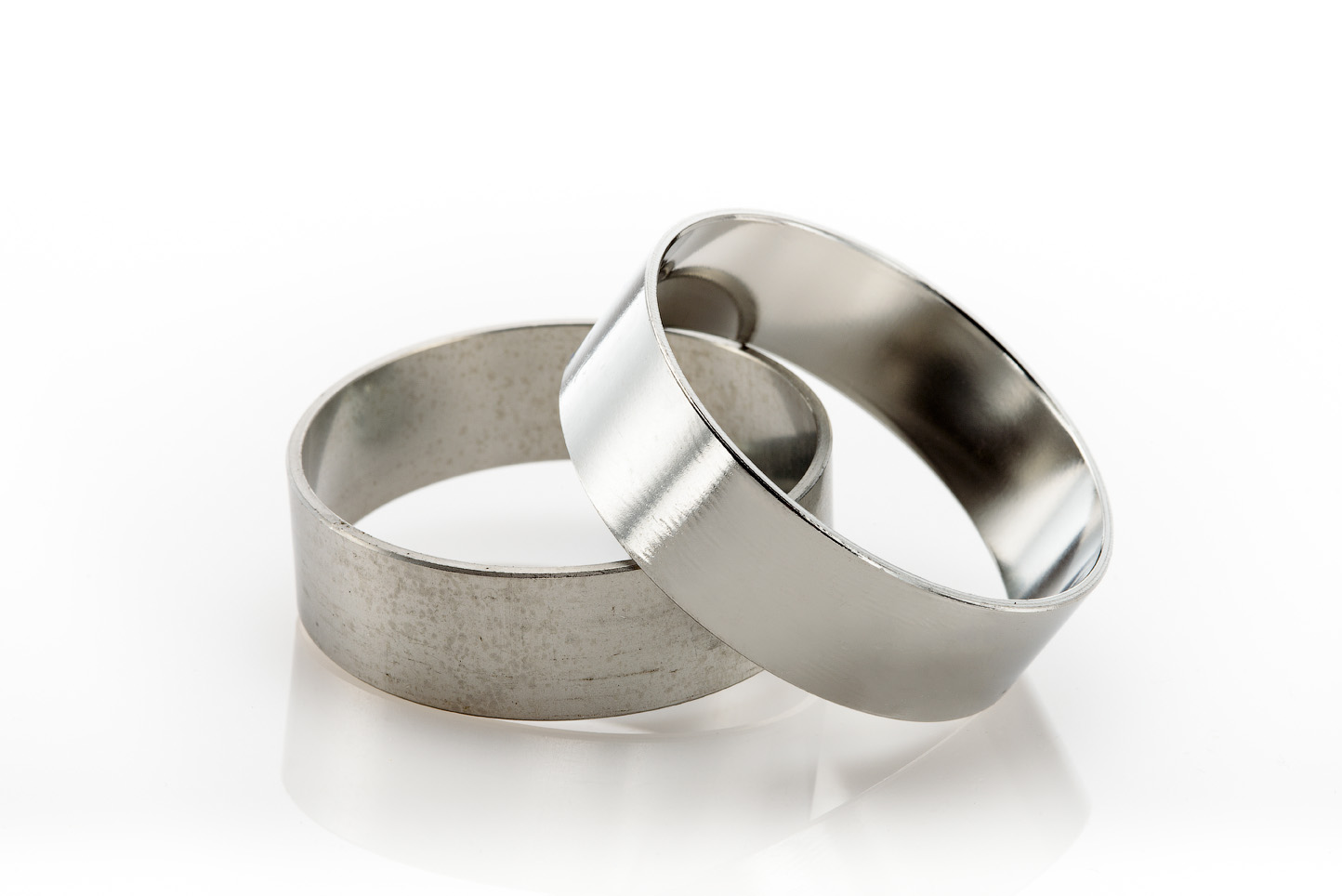Electropolishing Stainless Steel
The Art and Science of Electropolishing Stainless Steel
Electropolishing Stainless Steel is an electrochemical process often referred to as “reversed plating”. Electropolishing removes material at a controlled rate and can be controlled to .0002” accuracy. Electropolishing stainless steel will help to restore the natural corrosion resistance of stainless steel, improve surface finish, enhance aesthetics, and make products easier to clean and sterilize. That is why electropolished stainless steel is critical to industries such as the medical industry, aerospace, semi-conductors and more.
The Electropolishing Process
Electropolishing stainless steel involves the racking of parts, then immersing them into a temperature-controlled bath of electrolyte which is composed of a mixture of sulfuric acid and phosphoric acid. Parts are positively charged during electropolishing using DC power. The electrolyte acts as a conductor and a small amount of metal is dissolved off the parts’ surface. The process leaves behind a clean, smooth, and passivated surface. Parts are then subjected to multiple rinsing steps to ensure any residual electrolyte is removed before the parts are dried, inspected and packaged for shipping.
Passivation vs. Electropolishing
A material is considered passivated when it can demonstrate a high resistance to corrosion in an environment where you would expect corrosion to take place. There are multiple means to accomplish the passivation of stainless-steel products and components. Passivation can be achieved through chemical processes like nitric acid passivation and citric acid passivation, or it can also be achieved through electropolishing.
The chromium in stainless steel forms a thin, oxygen enriched, passive layer on the surface of the metal. This layer is what makes stainless steel resistant to corrosion. Manufacturing process such as machining, cutting, stamping, laser slag and welding will disrupt the passive layer and embed free iron and impurities into the surface layer of the metal. These impurities lead to corrosion if left untreated.
Depending on the needs of the client, NEE typically will recommend using electropolishing to achieve the passivation. Passivation through electropolishing provides greater corrosion resistance than nitric or citric acid passivation while also enhancing the parts’ micro finish and producing an aesthetically pleasing finish.
Additional benefits of Electropolishing Stainless Steel
- Passivated parts are compliant with ASTM B912, ASTM A967, and ASTM A380
- Electropolishing increases the chromium oxide layer to a greater level than
traditional passivation methods. - Deburring of small micro burrs while keeping a part’s geometry
- Controllable to .0002” accuracy
- Electropolishing removes deeply embedded impurities beneath the surface.
- Repeatable
- Smoothing effect & good aesthetics
- Easier cleaning and maintenance
- Reduces friction and surface drag
How Electropolishing Improves the Surface of Stainless Steel
Ra and RMS are two representations used to measure the roughness of the surface of metal. Ra is calculated by measuring the average of a measured microscopic peaks and valleys. RMS is calculated as the root mean square of a metal surface’s measured microscopic peaks and valleys. Each value uses the same individual height measurements of the surface’s peaks and valleys but uses the measurements in a different formula. Ra is the most commonly used measurement today. Electropolishing can help reduce a part’s Ra by 10% to 30% depending on the starting finish.
An Electropolishing Case Study
A part is considered passivated when it is resistant to corrosion in an environment where you would expect corrosion to take place. One of those places one would expect corrosion to take place, would be in areas around salt water where exposure to sulfides is magnified. The following is a case study of historic Battery Wharf in Boston, Massachusetts. A series of buildings, museums, and condos had over 900 Stainless Steel panels installed over balconies. The panels had been cut and fabricated without any passivation treatment prior to installation.
In a short amount of time the surrounding environment caused many of the panels to exhibit corrosion and rust. Test panels were removed and shipped to New England Electropolishing to be electropolished, reinstalled and monitored over time. Electropolished stainless steel proved to be effective at removing corrosion and protecting the panels against further issues after being reinstalled.
Electropolished Stainless Steel
In the realm of stainless steel, perfection finds its form in electropolishing. This advanced technique doesn’t just enhance the surface; it transforms stainless steel into a masterpiece of brilliance and resilience. At New England Electropolishing, we understand the profound benefits of electropolished stainless steel, where every component becomes a testament to excellence.
Unparalleled Corrosion Resistance:
Electropolished stainless steel is free from surface imperfections, leaving stainless steel remarkably smooth and free from micro-roughness. This impeccable surface inhibits corrosion, ensuring your stainless steel components remain resistant to rust, staining, and environmental degradation.
Improved Cleanability:
The ultra-smooth finish achieved through electropolishing makes stainless steel incredibly easy to clean. It reduces surface adhesion, making it resistant to contaminants and ensuring quick, efficient cleaning processes. In critical environments like healthcare and food processing, this attribute is invaluable.
Enhanced Durability:
Electropolishing strengthens stainless steel by removing surface material, thereby reducing stress points and potential weak spots. This process enhances the metal’s durability, ensuring components can withstand wear, abrasion, and fatigue, prolonging their lifespan significantly.
Superior Aesthetics:
Beyond functionality, electropolished stainless steel exudes a polished, mirror-like sheen. Its aesthetic appeal is unmatched, making it a preferred choice in architectural, design, and high-end applications where both performance and visual elegance are paramount.
At New England Electropolishing, we recognize the pivotal role electropolished stainless steel plays in delivering uncompromising quality and performance. It’s not just about surface treatment; it’s about setting a new standard of excellence in stainless steel applications across diverse industries.
Industry leading results
New England Electropolishing is one of the few metal finishers in the United States to focus exclusively on electropolishing stainless steel. NEE is an industry leader serving a variety of industries such as medical devices, semiconductors, laboratories, industrial, and food service.
Specializing in precision electropolishing of small parts, our operation has grown over the years to accommodate large weldments, vessels, and vacuum pumps as well. Since we are often the last step in the manufacturing process, we have refined our systems to deliver precise quality with short lead times.
In 1996 New England Electropolishing became one of the first metal finishers in the nation to achieve ISO 9001 registration. Our company is now both ISO 9001 and ISO 13485 certified as well as ITAR compliant.
Let us help with your next project. Contact us to find out how New England Electropolishing can help with your stainless steel electropolishing needs. NEE can process quotes in less than 1 business day and provide samples at cost for evaluation.
Electropolishing Resources
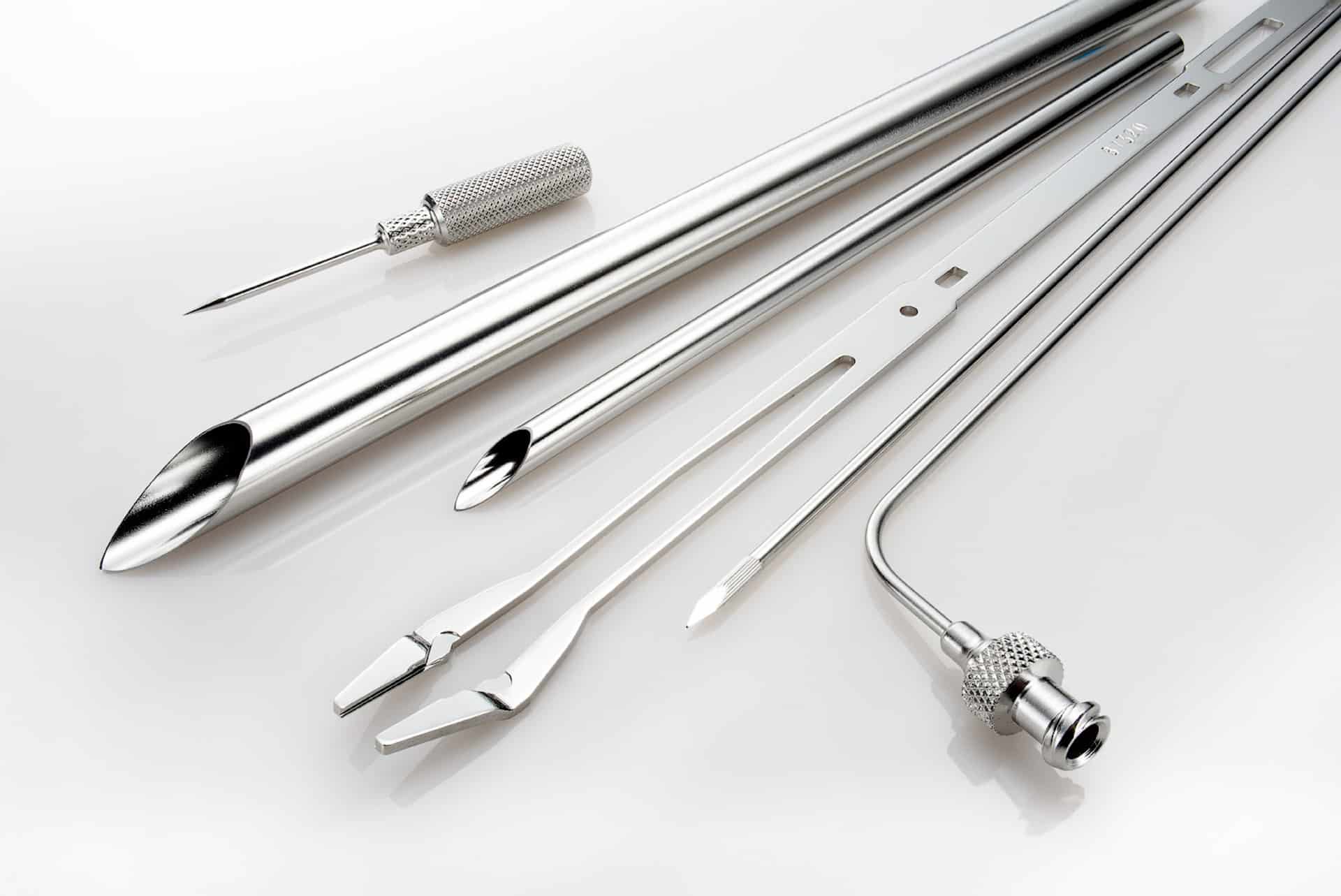
What is Electropolishing?
Electropolishing is an electrochemical and reverse plating process that removes the outer layer of skin on a metal...
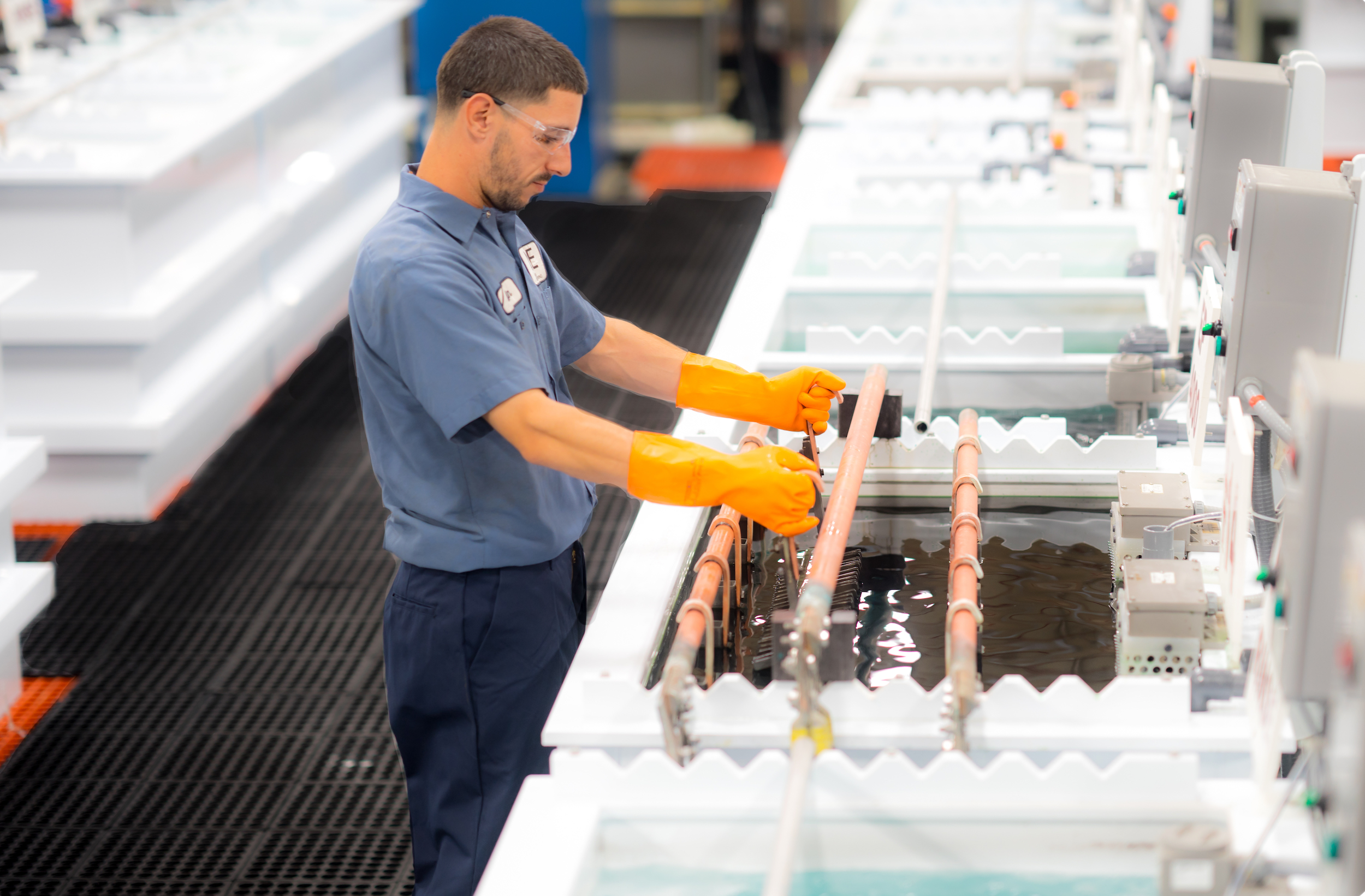
The Electropolishing Process
The electropolishing process is initiated by immersing a metal part into a temperature-controlled bath of electrolyte...
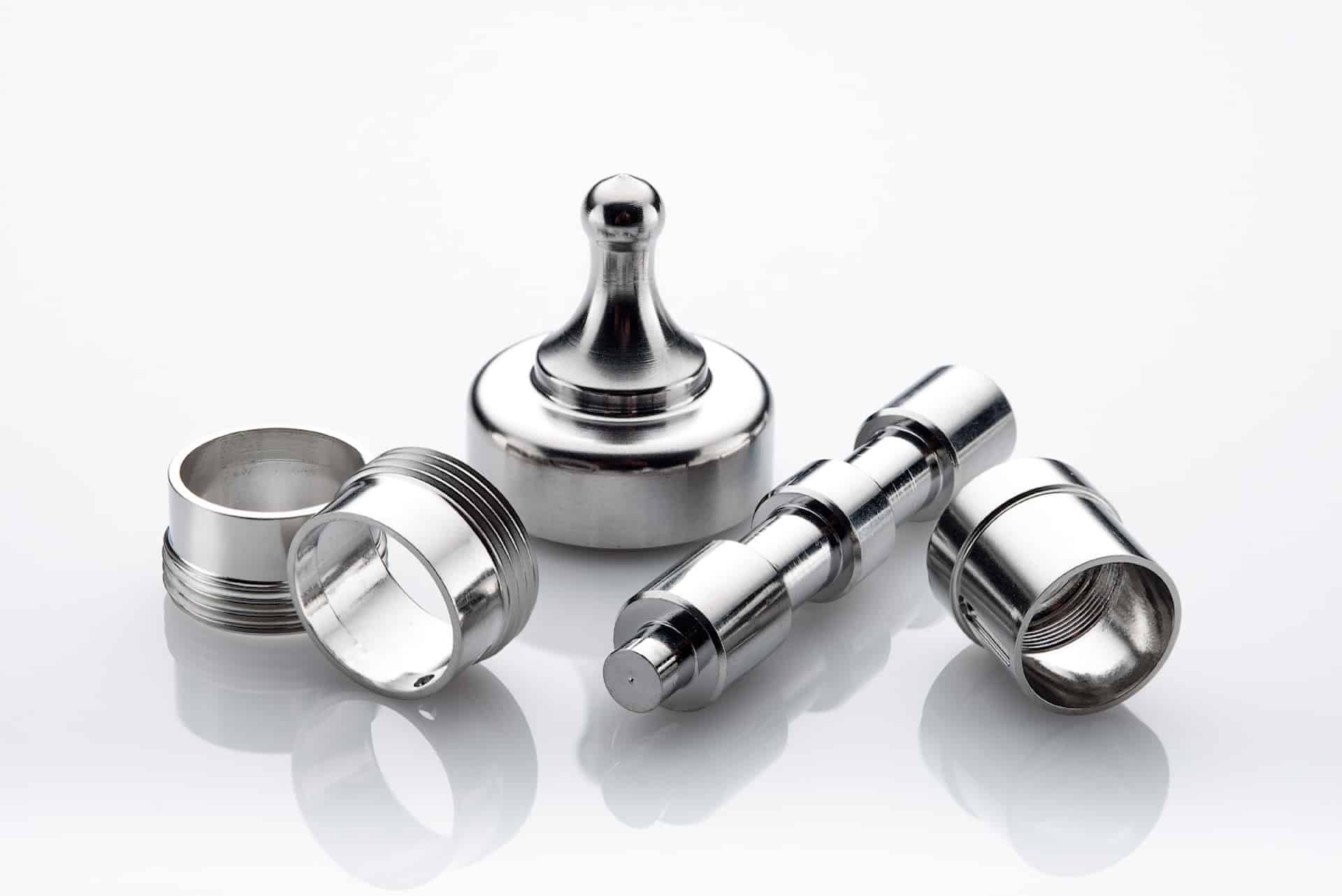
Benefits of Electropolishing
Curious about the benefits of putting your parts through the electropolishing process? Read along below where we...
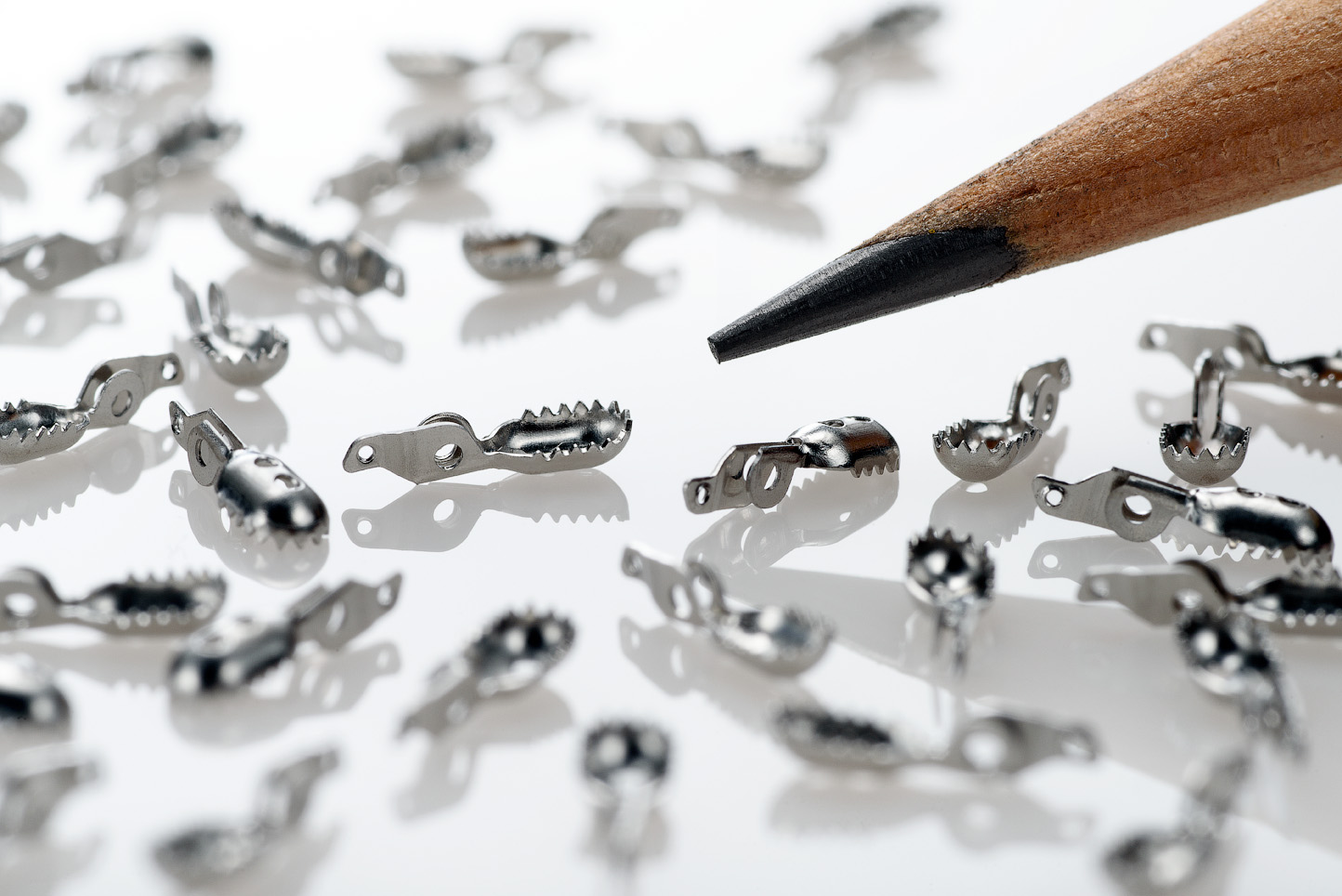
How Much Material Does Electropolishing Remove?
Electropolishing, when done properly is a highly controllable process which removes as little as...
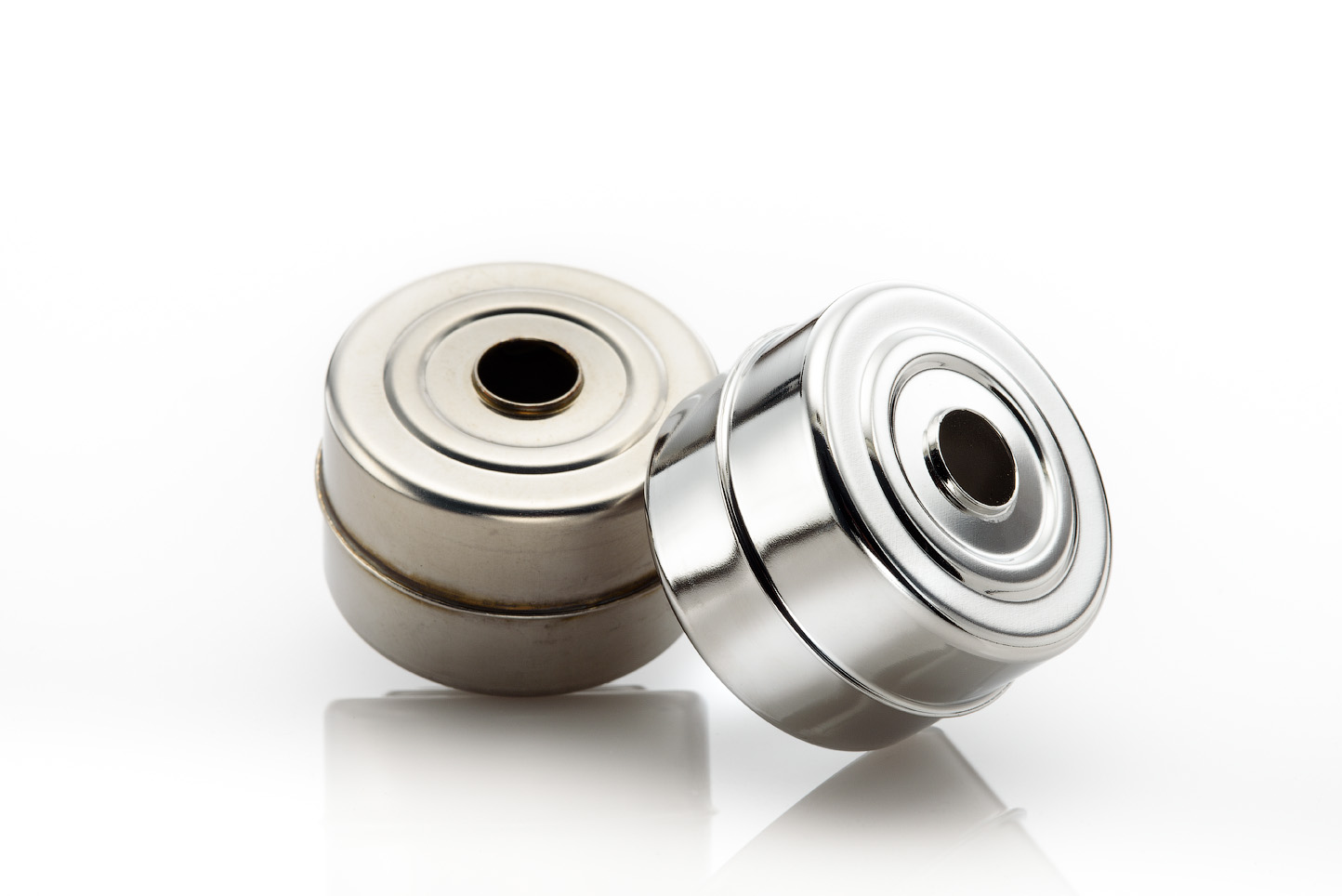
How Much Will Electropolishing Improve the Surface Finish of My Part?
Ra and RMS are both representations of surface roughness. Ra is calculated as the roughness average of a surface’s...
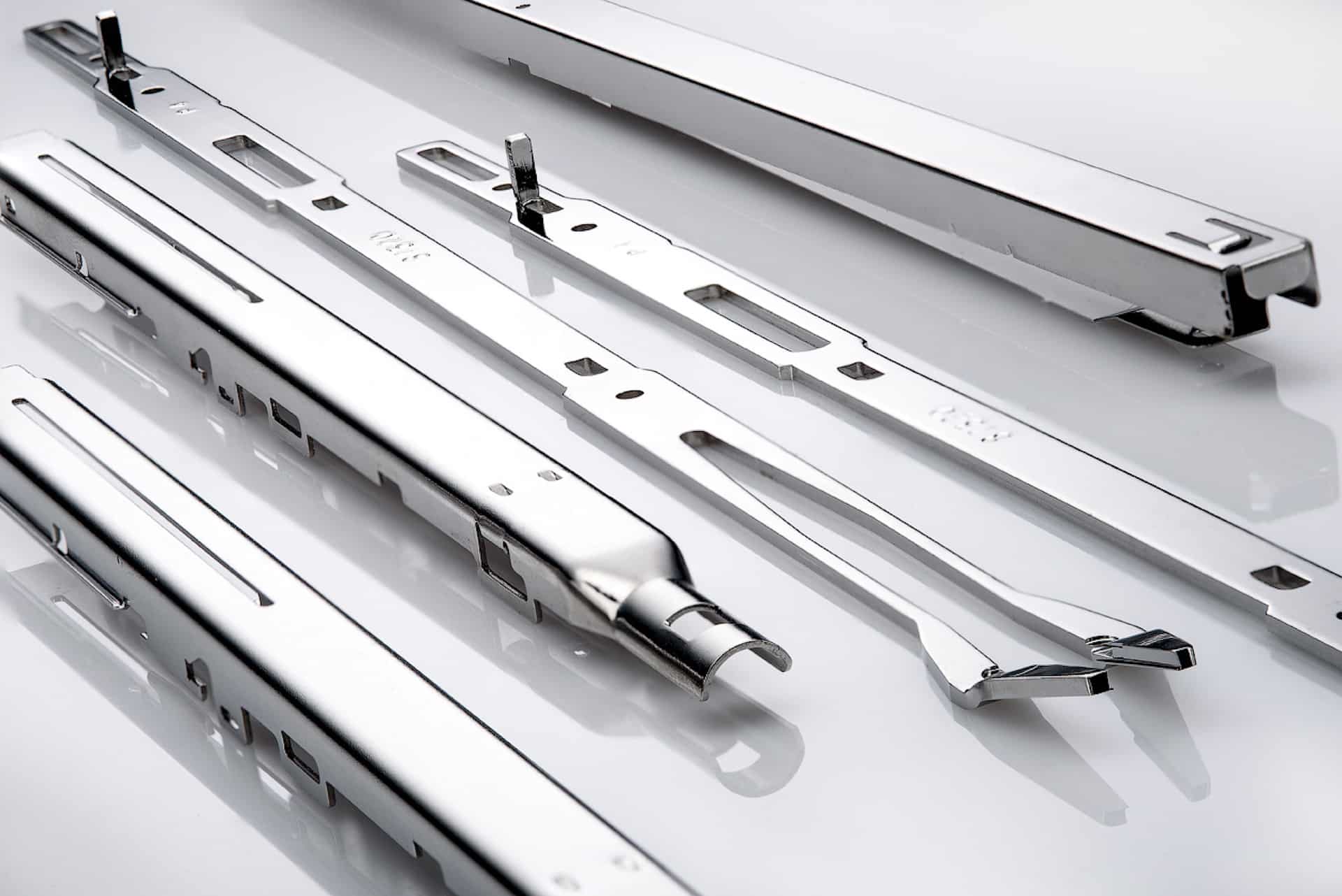
Electropolishing Frequently Asked Questions
Learn the difference between electropolishing and electroplating as well as how the electropolishing process works...

What is ASTM B912?
ASTM B912 is an industry standard for the passivation of stainless steel alloys through electropolishing...
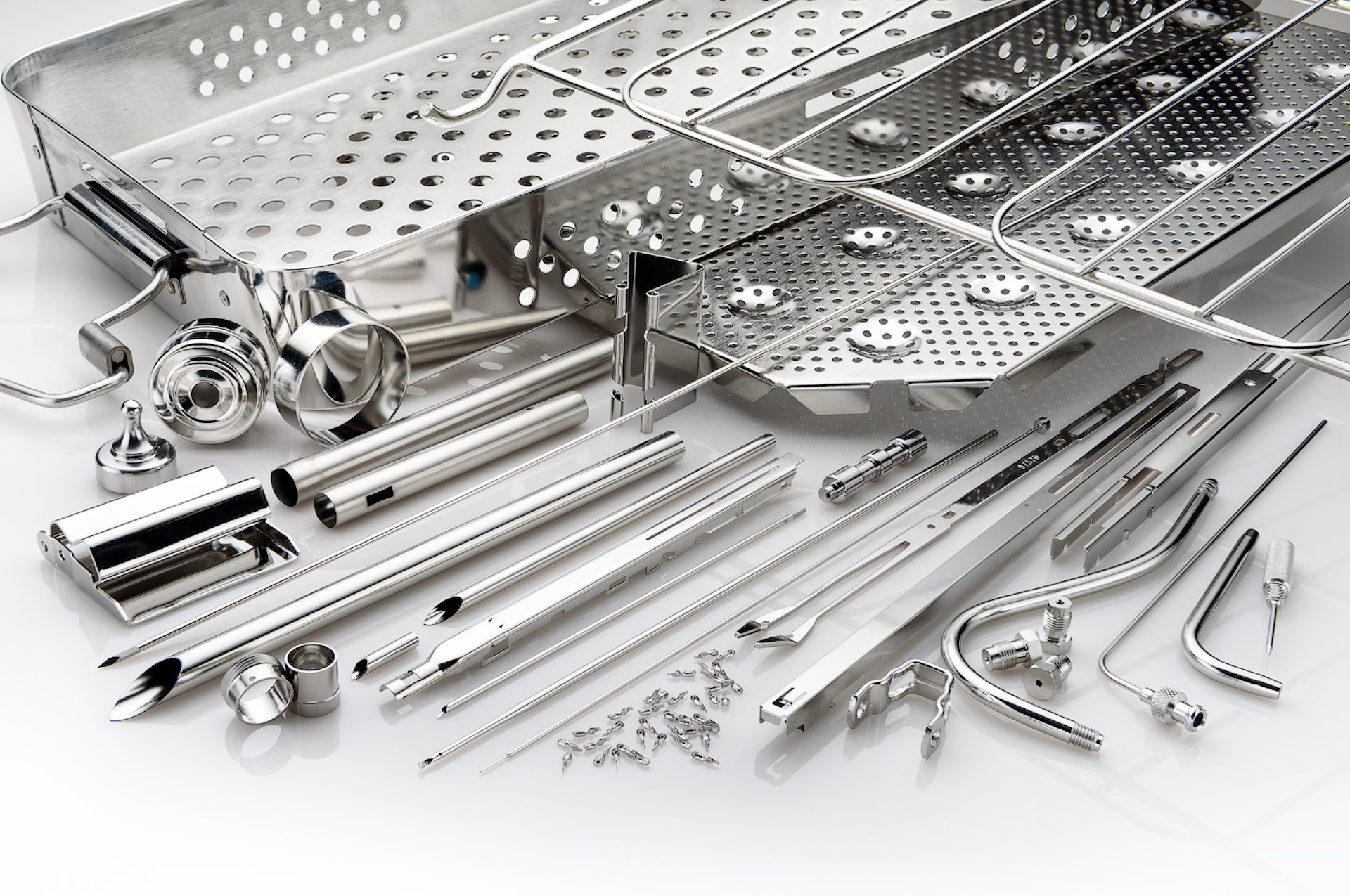
What is ASTM A967?
ASTM A967 is an industry standard specification for the chemical passivation treatments for stainless...
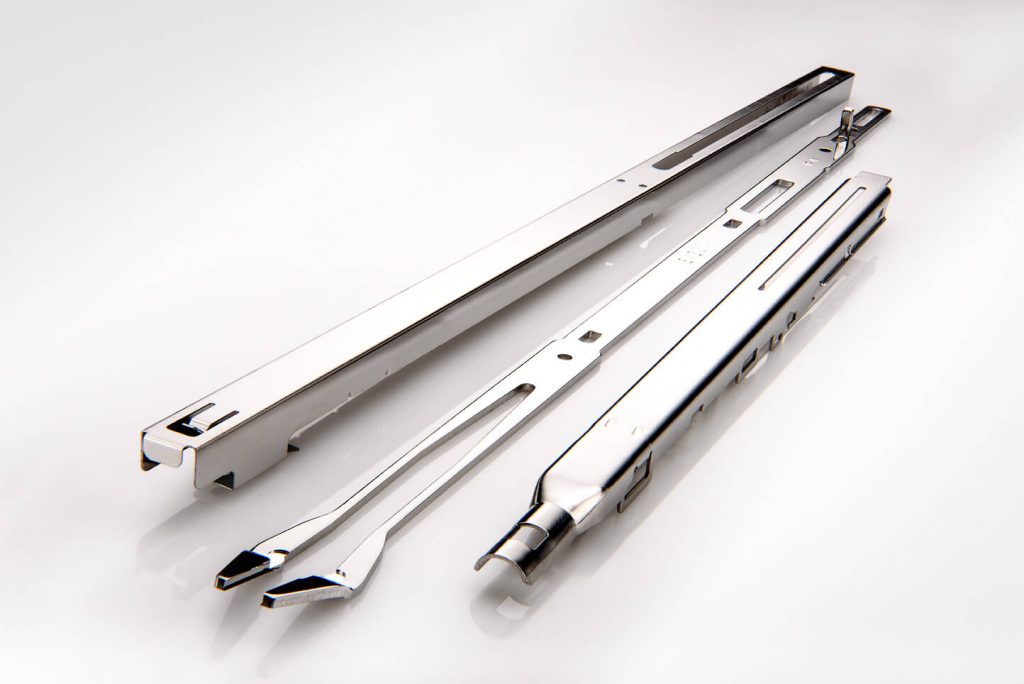
What is ISO 13485?
ISO 13485 is a standard that applies specifically to medical devices. ISO 13485 is designed to be...
